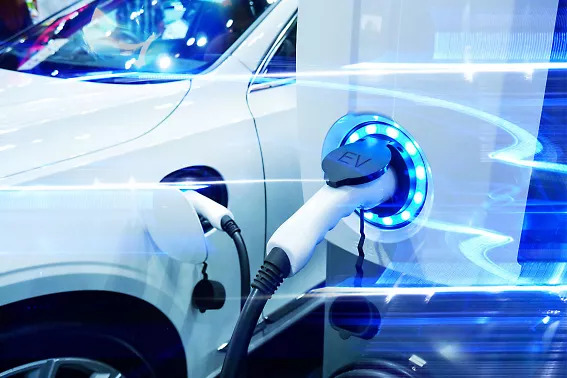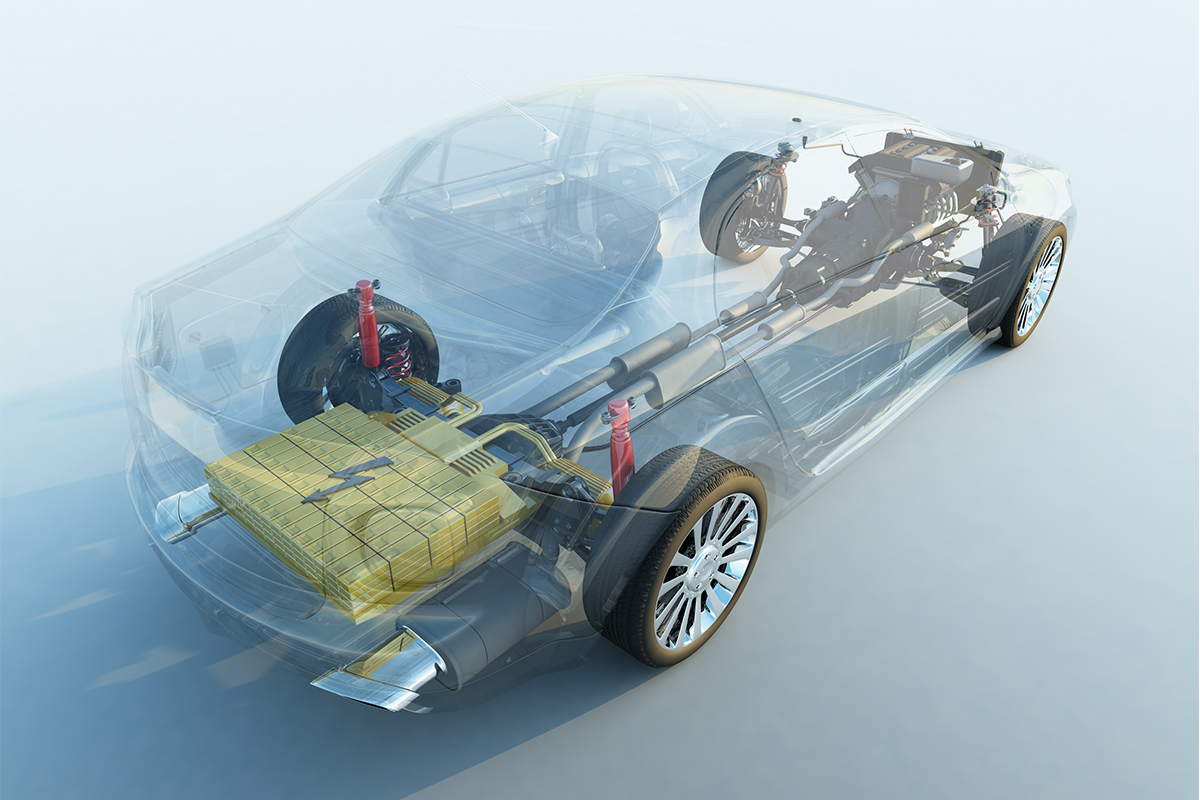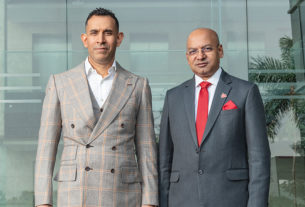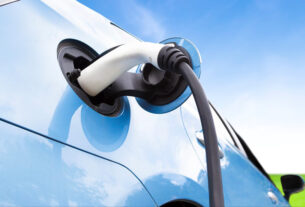By Shitalkumar Joshi, Technical Director, Electrical and Electronics – India, Ansys
With increasing population, the world’s fossil energy sources are draining rapidly. Also, vehicle emissions are negatively impacting the environment. With transportation driving the world’s economy, along with a passenger vehicle emitting about 4.6 metric tons of carbon dioxide per year, it’s certainly taking a toll on the earth. Mobility solutions with lower economic impacts are the future. With government regulations and growing consumer awareness, there is an unprecedented demand for efficient, environmentally-friendly transportation. Automotive companies can both gain a sustainable competitive advantage and be environmental stewards through robust design and optimization and electrification.

It has been proven that there are fuel savings of 35% in hybrid-electric ferries versus traditional and a 30% reduction in greenhouse gas emissions in electric vehicles, compared to combustion motors. By 2030, the EV market is predicted to grow nearly 30% annually. The changes demanded by the automotive industry necessitate radical innovation to be fruitful and it all depends on making the right technology decisions now. However, there are multiple challenges that prevail in the current scenario, and rapidly increasing mobility while decreasing environmental impact isn’t easy.
Cost: The battery system alone makes up 40-50% of the total cost of an electric vehicle and an EV costs approximately $10,000 more than an ICE vehicle.
Range/Charging: Apart from the cost, there is also range anxiety, speed of charging, and the lack of charging infrastructure. These are concerns that limit consumer EV adoption.
Performance: The current electric drivetrains can suffer up to 20% energy loss and in order to deliver the EV performance that consumers and businesses demand, each percent matters. EVs must become more efficient to succeed.
Safety & Security: Electric vehicles require increased software to manage critical functions and battery systems. Proofing EVs against cyber-attacks are also crucial.
Designing Batteries for Electric Vehicles
The lithium-ion battery is a preferred candidate as a source of power for the hybrid electric vehicle (HEV) and electric vehicle (EV) because of its high energy density, high voltage, low self-discharge rate, and good stability. HEV and EV applications require very large lithium- ion batteries, but, during high power extraction required to drive a vehicle, these large batteries may experience a significant temperature increase — which can lead to safety concerns. A properly designed thermal management system is crucial to prevent overheating and uneven heating across a large battery pack, which can lead to degradation, mismatch in cell capacity, and thermal runaway. The design of the thermal management system requires knowledge of the cooling system as well as the amount of heat that will be generated by cells within the battery pack. Simulation can assist in thermal design at both the cell level (a single battery cell) and the system level (a battery module or a complete battery pack).
Simulation for the future

Electrification is transforming existing automotive organisations. Non-traditional players emerging and traditional automotive companies are adapting to stay relevant at an unprecedented speed. The engineering team must combine speed with a strong commitment to delivering the product promise of reliability and performance. To support the same, the industry is witnessing innovation in the traditional product development processes with simulation-driven virtualisation taking centre stage. Physics based simulation-driven virtualisation reduces the overall development time of an EV by 50% by allowing rapid prototyping so that engineers can see what works without investing time into building physical models for every prototype and version that they design.
Besides time-saving, simulation allows exploration of much larger design space in a very short amount of time – all in a virtual environment. A better powertrain component design has helped organisations improve up to 12% energy efficiency, which translates into greater range. Improved power systems drive consumer confidence by reducing range anxiety. Market leaders are already using simulation to create more inspiring vehicles with less wasted time and resources.
Apart from addressing the traditional vehicle engineering challenges such as light-weighting and aerodynamic improvements, simulation solutions for electrification are applied in five critical technology areas:
- Electrified Powertrain System Integration: The design of electrified powertrains requires a rigorous development approach and advanced design techniques to efficiently capture the embedded system architecture and associated mandatory requirements, and to implement various safety-critical software components. Behind every complex component of an electrified system is a need for a smart and safe software controller that manages the performance and the safety of the system over the lifetime of the component and the system. Multiphysics and embedded software capabilities are applied at the system level, incorporating high fidelity models of key components to optimize the powertrain system for performance, safety, and cost.
- Power Electronics: To increase power density and lifetime, while reducing losses, thermal derating, noise, and over-voltages.
- Electric Motors: To evaluate motor efficiency and torque-speed characteristics, optimize thermal management, address noise, vibration, and harshness challenges, and integrate the motor design with the control system.
- Battery & Battery Management Systems: To advance and optimize battery and BMS development from the electrochemistry of the cell to the safety and performance of the system.
- EMI-EMC: Through EMI aware design approach, electro-magnetic simulations are used as a pre-compliance tool. Simulation and modeling are making EMI certification a tractable challenge

Electrification is bringing about a transformation like never before in the last 150 years. An equal transformation in the product development process will help organisations survive and grow in the wave of disruption. Electric mobility leaders today are already lauding the advantages of electric vehicle simulation software and its empowering effect on the design process.
ABOUT THE AUTHOR
Shitalkumar Joshi has twenty years of experience with Ansys which spans across automotive, appliances and electronics industries. Shital and his team has done some pioneering work in creating models and solutions to support design challenges for consumer electronics industry. The simulation solutions, like electro-mechanical analysis, multidisciplinary optimizations, RF antenna performance etc have helped organizations to bring robust, innovative electronics and electrical products to the market. Shital has completed his master’s degree from Indian Institute of Science, Bangalore.





